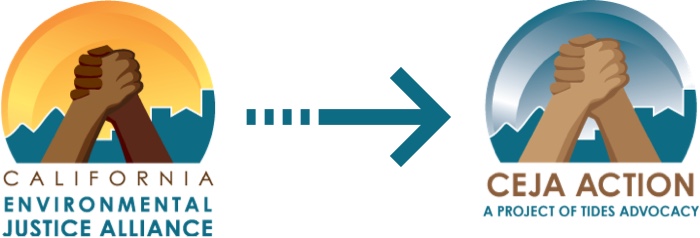How to Save Money While Energy Costs Spike

Solar installation at Maria Alicia Apartments in San Francisco’s Mission.
The soaring cost of energy has been impossible to ignore this past winter. We’ve seen energy bills reaching $300, $500, and even $900 all over news headlines, social media, and of course, in the mailboxes of families who are already experiencing financial stress from rising inflation and housing costs.
The price of natural gas, the fossil fuel that powers heaters and other home appliances in the majority of California homes, has doubled as supply is constrained by impacted gas pipelines and war in Ukraine, while global demand for gas spiked through cold winter months. And it’s not just the price of gas. Following a major electricity rate increase in January, multiple utility companies have filed for yet another electricity rate increase to take effect this summer.
These price spikes make it clear that we need to transition towards sustainable energy sources and more reliable, community-owned and managed energy infrastructure. However, in the short term, families in need of immediate relief are looking for ways to conserve energy at home. That’s why CEJA collaborated with California’s Solar on Multifamily Affordable Housing (SOMAH) Program and Southern California-based multimedia artist Evan Apacoda to create a video in English and Spanish to share simple tips for saving energy.
Whether or not you have solar photovoltaic (PV) on your home, putting these easy tips into practice can help reduce your monthly energy bill:
- Stay warm in the winter
- Set your thermostat at 68°F or lower and wear a cozy sweater. Close the drapes or blinds at night to insulate from the cold.
- Take advantage of natural sunlight
- Open your blinds or curtains first thing in the morning to light and heat your rooms.
- Replace lightbulbs
- Replace all your light bulbs with light-emitting diode (LED) bulbs. These bulbs can last up to 17 years.
- Take shorter showers
- Play a three-minute song while showering to help gauge the time.
- Use the dishwasher for full loads
- Use the cool-dry cycle or turn it off after the final rinse and let dishes air dry.
- Increase your refrigerator temperature
- Set your refrigerator between 36°F and 40°F and freezer to 0°F.
- Turn off lights
- Turn off your lights when leaving a room, even if it’s only for a few minutes.
- Unplug appliances
- Power strips make it easier to turn all of your appliances off at once.
- Use ENERGY STAR certified efficient appliances
- Browse Golden State Rebates program for discounts on smart thermostats, heaters, and air conditioning units.
While individual energy savings strategies can be helpful in providing immediate financial relief, they also serve to underscore the need to fundamentally change the way households receive energy to keep the lights on and the AC or heat working. And of course, savings from conservation and energy efficient appliances can only go so far when energy rates are at record highs. Bill assistance resources can be complicated to find, and it’s sometimes hard to know if your household qualifies for a relief program.
Start exploring your options by getting to know the state’s largest bill savings programs, California Alternate Rates for Energy (CARE) and Family Electric Rate Assistance Program (FERA). Depending on your household income, enrolling in CARE can reduce your gas and electric bill by 30%, while FERA can cut your bill by up to 18%. If you recently lost your job or if you already benefit from a public assistance program like CalFresh or SSI, you may be eligible for CARE/FERA. To learn more about eligibility and enrollment, visit the following sites based on your region’s Investor-Owned Utility:
- San Diego Gas and Electric (SDGE)
- Pacific Gas and Electric (PGE)
- Southern California Edison (SCE)
Frontline environmental justice (EJ) communities need long-term solutions to energy affordability, not just temporary relief programs. One of the main goals for the SOMAH Program is to provide lasting, reliable energy solutions to families living in EJ communities across the state, so they can save for the future they want to build for themselves. See if your apartment qualifies for solar installation incentives by contacting somah@caleja.org.

